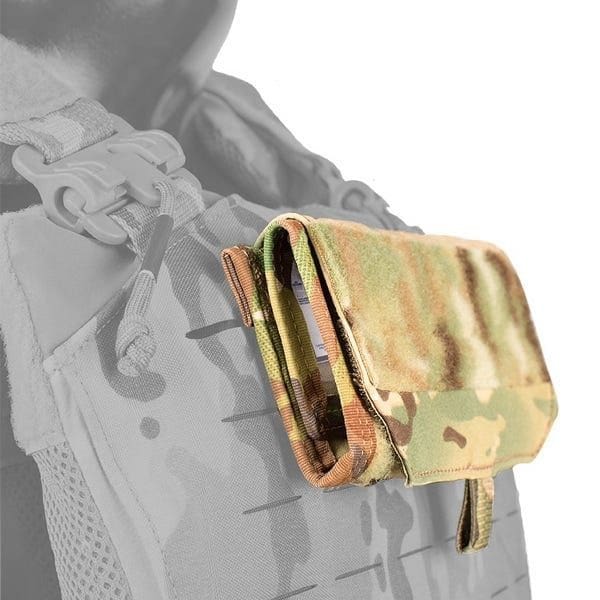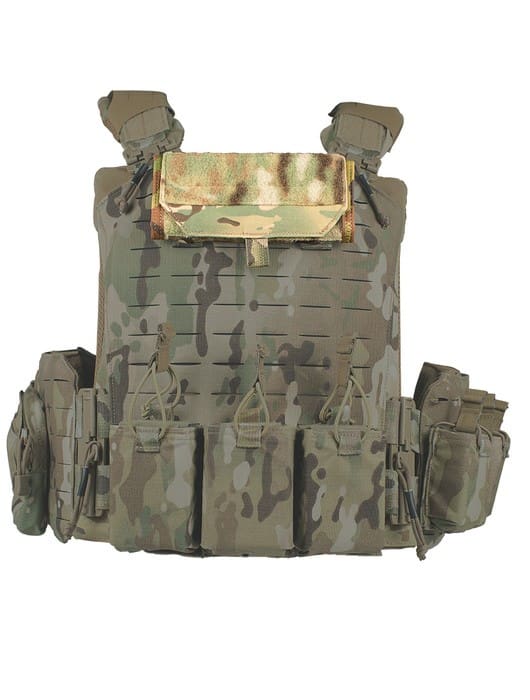

In this workflow, you will assume the role of an assessor in the field who needs to perform debris assessments in their work area.

This critical work is inherently time-consuming, but when performed on paper, the forms require subsequent data entry that delays access to debris volume information that is critically important to the disaster declaration request process. Personnel assigned to perform debris assessments are responsible for documenting each pile of debris observed in the right of way or on public property within the work area they are assigned. The grid will be added to the DebrisAreas feature layer, which is also used in the Emergency Debris Management solution.
.jpg)
After you have finished, ensure the Published GRG Layer Name is set to Debris Areas, and click Publish.If it does not, click the Back button, then click Clear to redo the grid. Ensure that this grid meets your requirements before proceeding to the next step. Turn the Clip Grid to GRG Area toggle button on to limit the grid to only the extent drawn.Click the Grid Size drop-down arrow and select a grid size.For more information, see Gridded Reference Graphic widget.
DEFINE THE GRIDDED REFERENCE GUIDE GRG UPDATE
As assessors complete their work, debris operations leads will update the assessment status field to reflect the current progress in that work area.īelow are the steps for creating a grid based on a user-defined area according to the US National Grid reference system, but the widget supports additional methods. The nature of the work area will depend on the preferences of the jurisdiction some prefer to use preexisting operational boundaries (public works service areas), some prefer service routes (garbage or snowplow routes), and some prefer a grid of uniform size. The debris operations lead is responsible for assigning each assessor to a designated work area. Manage assessment areasīefore they can begin performing assessments, mobile workers must be assigned a work area. The Emergency Debris Management solution can be used by state and local governments to create and manage their assessment areas, perform debris assessments, update the status of assessment areas or routes, and monitor progress of assessment efforts. This information, along with information generated from an initial damage assessment, can be used by communities to determine whether to make a request to the federal government for an emergency or major disaster declaration to receive assistance under the Stafford Act. With respect to debris generated from the incident, this means understanding where debris exists, the types of debris generated, and estimating debris volumes. Once a disaster incident has passed, communities begin the recovery process by assessing the nature and extent of damage.

The Debris Clearance Dashboard displays key performance indicators including active and completed requests, percent completed, requests by type, and requests by status. In this workflow, you will assume the role of the debris operations lead who needs to update the status of debris clearance assignments using the Emergency Debris Management Center app. As a result, field crew supervisors may not be able to use mobile apps to update the status of assignments they complete, requiring the debris operations lead to record debris clearance assignment status manually. Record debris clearance status from the officeĪfter severe incidents, network connectivity may not be available for debris clearance field crews as they work through their clearance assignments. To sync more frequently, tap Sync ( if you have edits that aren't synced), then tap Sync Now. Changes to the status of your assignments will automatically sync with your ArcGIS organization at the default interval of every 15 minutes.Optionally, to view your completed assignments, tap your To Do list, and tap Completed.Tap Finish to complete the assignment and remove it from your to do list.To pause, decline, or reset the assignment, tap Overflow and tap the status you require, or tap Cancel.Tap Start to begin working on an assignment.Tap an assignment in the To do list to view its location on the map and details about the assignment.You will see a to do list of all the clearance assignments your field crew has been assigned, grouped by priority order.


 0 kommentar(er)
0 kommentar(er)
